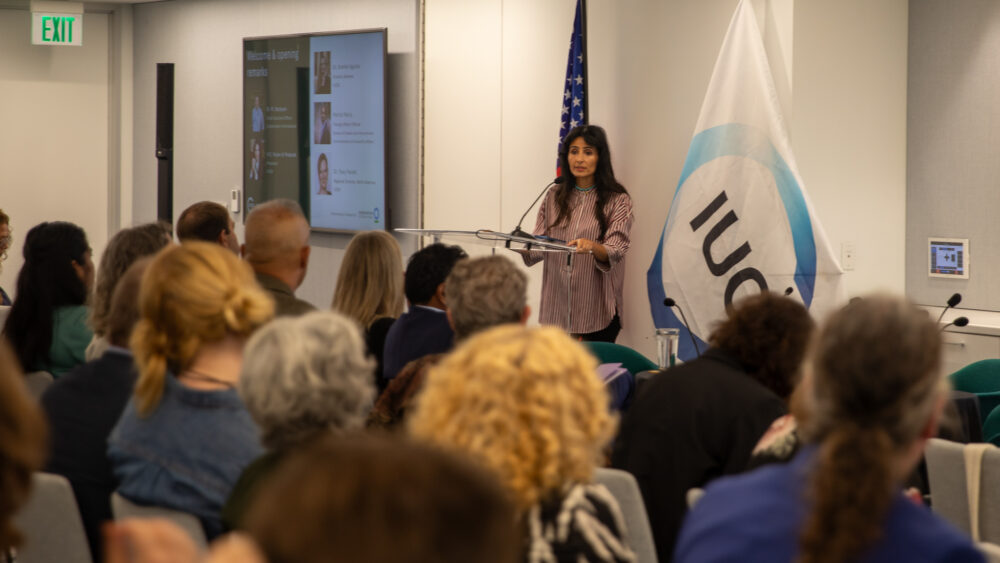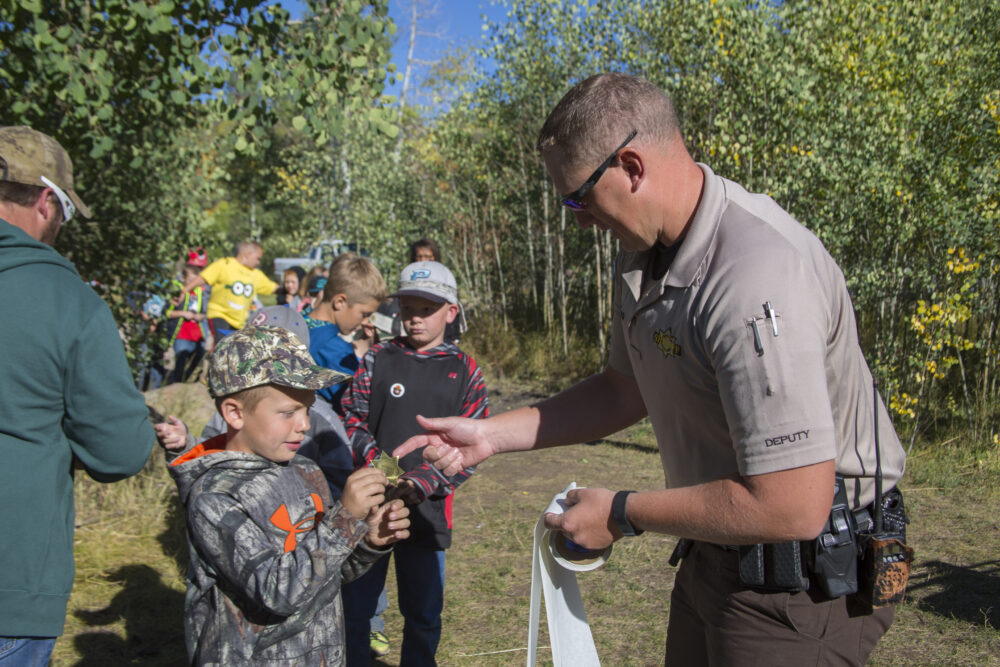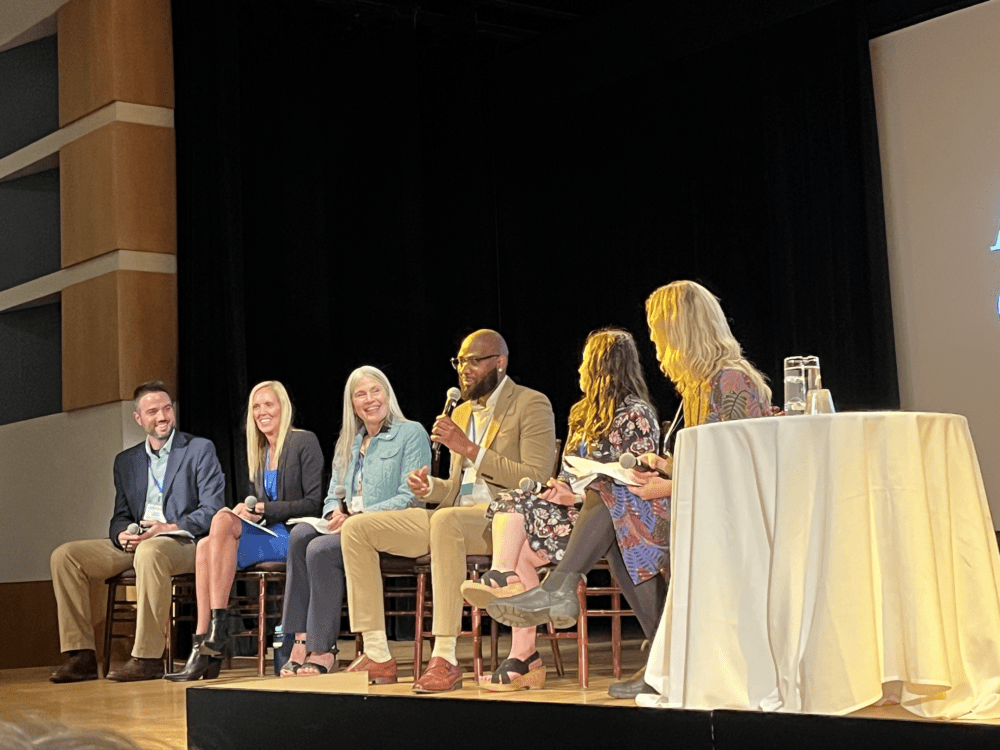We have much more to do and your continued support is needed now more than ever.
Schools Go High Tech to Increase Transit Ridership
NWF
July 28, 2009
How often have you run to the bus stop, missed the bus by only a few seconds, and had to wait 20 minutes for the next one because it was running late? A new report shows how colleges and universities are increasing ridership by addressing issues such as these.
Sponsored by the Federal Transit Administration, TCRP Synthesis 78: Transit Systems in College and University Communities is based on a review of much of the existing campus transportation literature and original surveys completed by 94 schools (77 full and 17 short surveys).
The report finds that ridership is up and commuters are increasingly finding alternatives to driving alone to campus, especially at the schools that do the best job of providing alternatives and cultivating informed riders. Through such strategies, in recent years, the University of North Texas has experienced a 10-fold increase in transit ridership and business has increased by over 50% at Iowa State University, the University of Connecticut and University of Chicago. With more than 11 million annual passenger trips, Arizona State University and other schools listed experienced a considerable total overall increase in the number of annual passengers.
Susan Herre, who served on the report’s advisory panel and works for the Federal Transit Administration, says, “When transit on campus is integrated into the surrounding community’s transit system, the benefits multiply for both town and gown by reducing auto congestion, increasing walking and passenger access to destinations, and increasing the tendency to develop in compact and sustainable ways.” The integration of campus transit into the surrounding transit network, she explains, also allows the campus to “provide a bigger boost to the economic competitiveness of the surrounding communities.”
Authors Tara Krueger and Gail Murray of Nelson/Nygaard Consulting find that campuses are employing a variety of new technical strategies to better inform riders, such as automated bus stop announcements, electronic schedules and automatic vehicle location systems (AVLs), which use GPS technology to track bus locations. This information can help improve bus timeliness and scheduling along bus routes. It can also be accessed by riders, providing real-time information about the location of buses to reduce wait times.
Ride-matching, preferential carpool and vanpool parking, guaranteed ride home programs, flex hours and telecommuting programs for employees, universal (free) parking passes, and bicycle infrastructure and support programs are among the other green strategies surveyed in the report.
The authors also analyze trends in generating revenues for the operational and capital costs associated with commuting alternatives, including collaborative funding among diverse campus and community stakeholders, parking policies and pricing, and employment of student drivers. Employing students seems to be a key strategy at many of the schools for managing transportation costs and addressing the challenge of seasonality in many campuses’ demand for transportation services.
Given that for many colleges and universities, transportation services are among the biggest sources of tension with the community, the report findings are good news. The authors note, however, that many of the leading respondents do not yet incorporate transportation into plans for new buildings and that the small sample size does not necessarily reflect a broad trend in alternatives to driving alone on U.S. campuses. Other surveys, such as Campus Environment 2008, which surveyed more than 1,000 colleges and universities, have noted that transportation efforts are lagging behind most other greening efforts in higher education. Moreover, only three community colleges–which are often among the largest colleges in the country with the greatest transportation challenges–responded to the survey, suggesting that schools have a long way to go in fully realizing campus’ potential to model transportation for the 21st century.





















